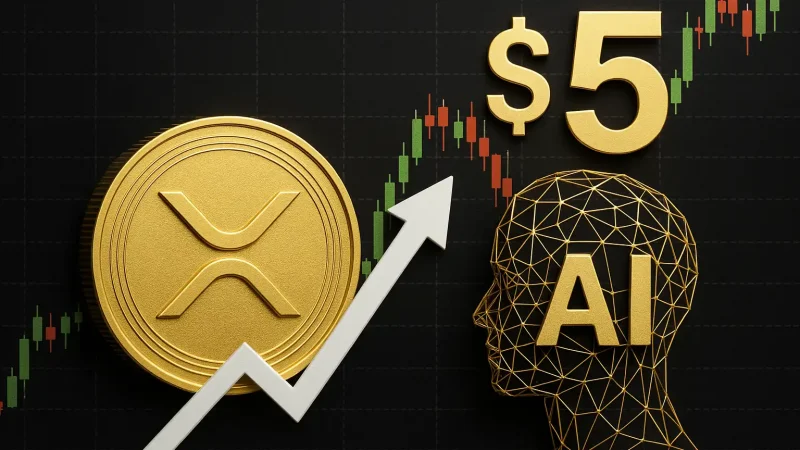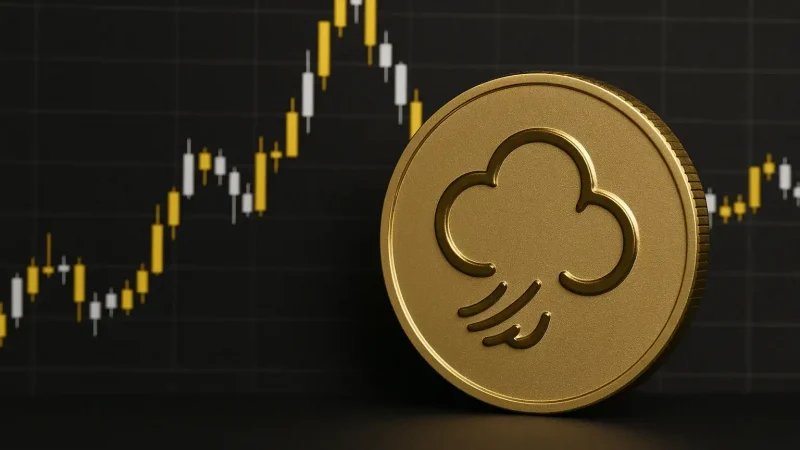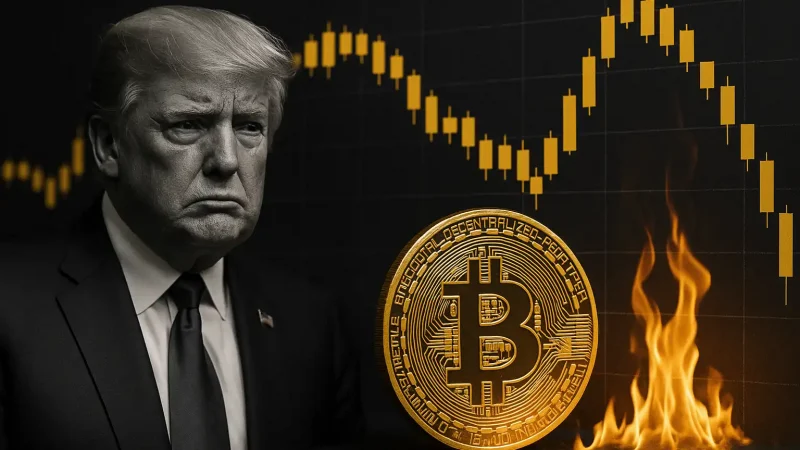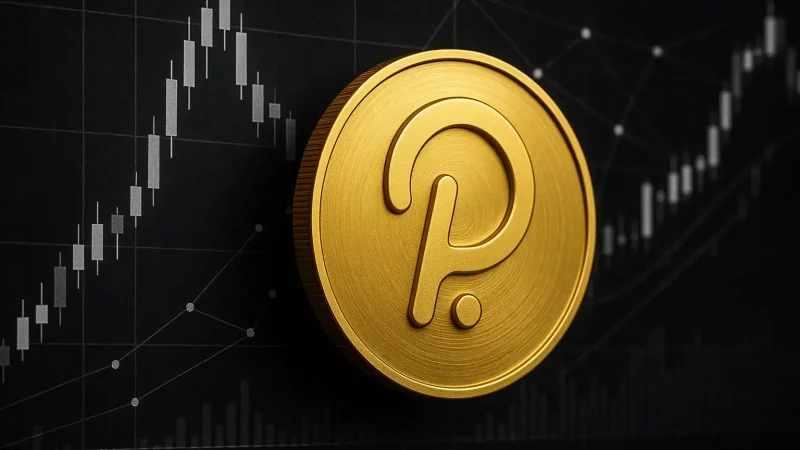The cryptocurrency market reacted with cautious optimism today after new inflation data from the U.S. injected a dose of ambiguity into the Federal Reserve’s interest rate outlook. The latest Producer Price Index (PPI) figures, released earlier this morning, delivered a conflicted message: headline PPI rose slightly above expectations to 2.7%, while the more critically eyed Core PPI cooled to 2.6%. These divergent numbers have created an uncertain backdrop for Bitcoin and other digital assets, prompting traders to recalibrate their short-term strategies.
Inflation Split Keeps Traders in Holding Patterns
The nuanced inflation report has left market participants wrestling with more questions than conclusions. Despite the headline PPI tick higher—typically seen as a bearish signal—the unexpectedly soft Core PPI figure has curbed concerns about overheating price pressures. This duality appears to have induced a holding pattern across markets, especially in risk-on assets such as equities and cryptocurrencies.
Rather than triggering a selloff, today’s data has produced a climate of reflection. Major indices like the Nasdaq and S&P 500 opened slightly lower but quickly began clawing back losses. Bitcoin, meanwhile, tested the downside but found support near the $36,000 mark, exhibiting resilience that points more to tactical recalibration than panic. This stability signals that investors are factoring in the possibility that the Fed may see more evidence of disinflation within core metrics before making its next policy move.
Bitcoin’s Behavior Suggests Technical and Macro Convergence
Bitcoin’s price action following the PPI release highlights a confluence of technical and macroeconomic factors working in tandem. From a chart perspective, BTC remains bounded within a consolidative range that has repeatedly served as both a springboard and a trap door for volatility in recent weeks. The failure to break below immediate support levels today is being interpreted by some analysts as a testament to increasing institutional interest, which tends to dampen volatility.
At the macro level, the split PPI data gives Bitcoin a mixed but manageable scenario. Inflation that’s not accelerating too rapidly provides a cushion against immediate rate hikes, while also limiting runaway enthusiasm for fast-tracked rate cuts. That means the “digital gold” narrative remains intact but must now contend with a more intricate Federal Reserve decision-making matrix.
Short-Term Drivers to Watch
To investors navigating this ambiguous terrain, key near-term catalysts will dictate direction. These include:
- The behavior of equity markets during U.S. trading hours
- Shifts in Treasury yields reacting to inflation nuances
- Public remarks or surprise insights from Fed policymakers
- Upcoming macroeconomic reports such as retail sales and jobless claims
Any dovish tilt in language from Fed officials or weak economic data could ignite upward pressure on Bitcoin and major altcoins, especially if they coincide with technical breakouts or volume surges.
Market Mood: Calm, Not Complacent
One of the clearest takeaways from today’s action is that the market is entering a more mature response phase to economic data. The cryptosphere in particular has shown notable restraint, a far cry from the gut reactions seen in prior economic cycles. This marks a potential evolution in crypto’s integration with traditional capital markets, reinforcing its credibility as a semi-correlated asset class rather than just a high-beta outlier.
Still, the caution shouldn’t be mistaken for complacency. Veteran traders see the current range as coiling energy for a directional move—one that will likely come once more decisive data emerges or once policymakers reveal their next calculus.
Conclusion
November 11th’s PPI report delivers ambiguity that markets appear willing to tolerate—for now. Crypto assets, led by Bitcoin, are reacting with restraint rather than alarm, a response that underscores the changing dynamics between macro data and digital asset behavior. The coming days, laden with additional indicators and Fed commentary, will determine whether this equilibrium holds or gives way to a renewed trend. Until then, traders will be keeping their fingers close to the triggers, wary of both opportunity and reversal.





